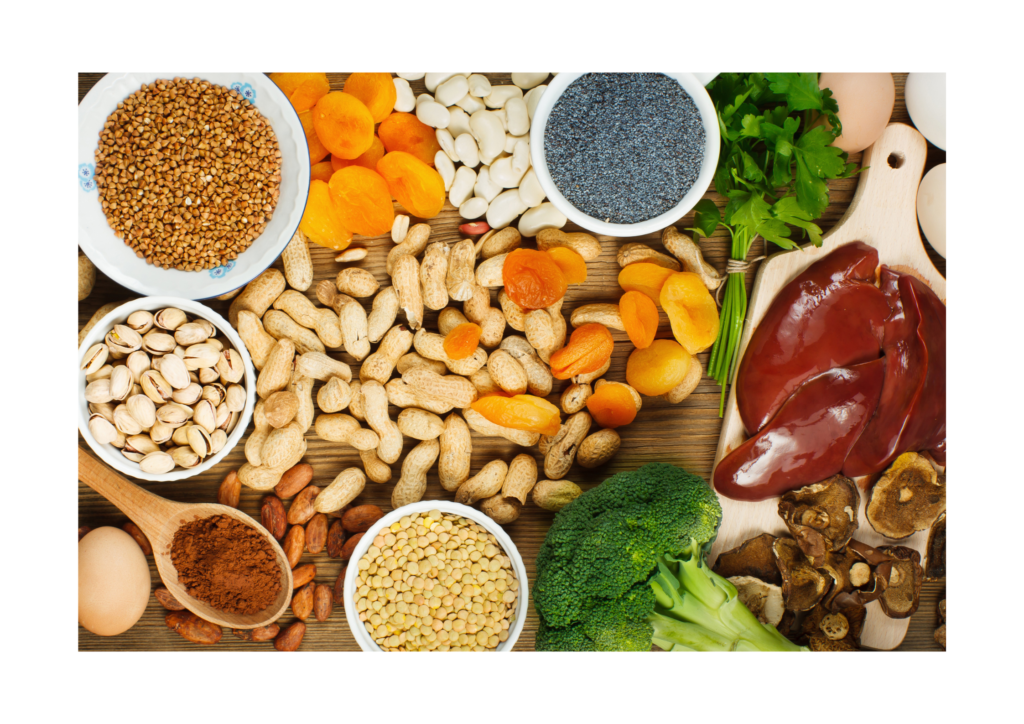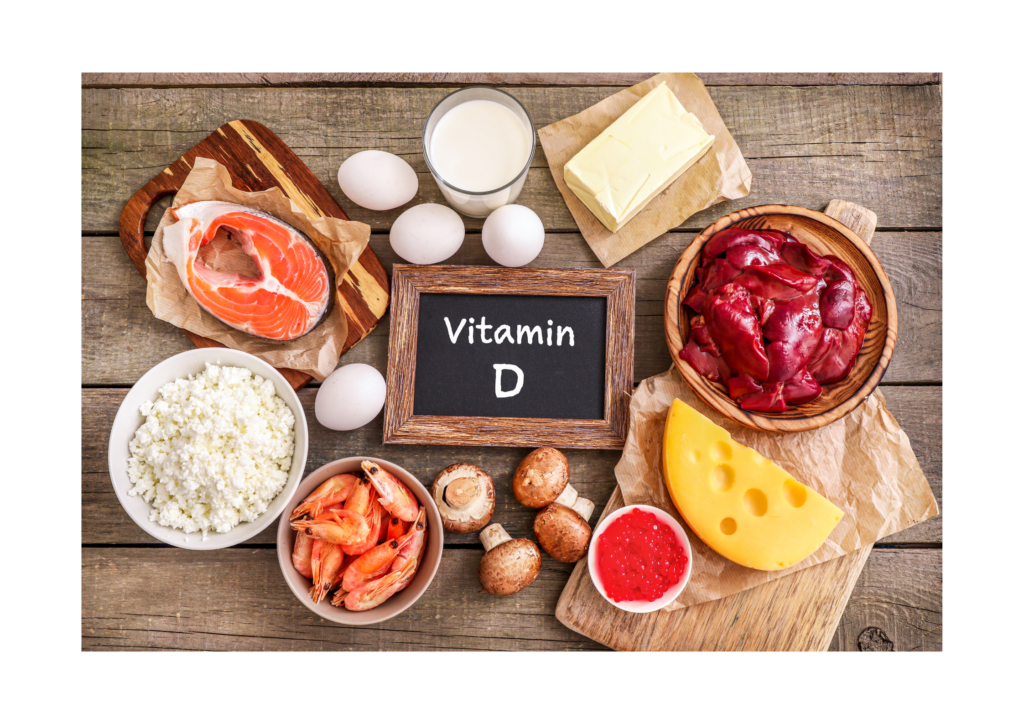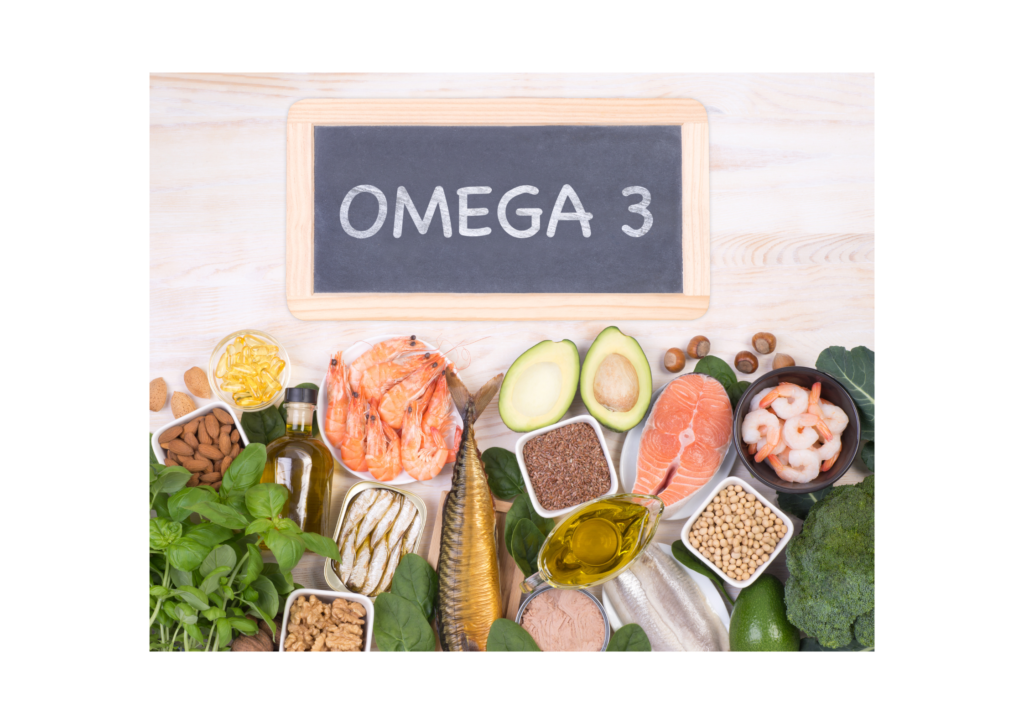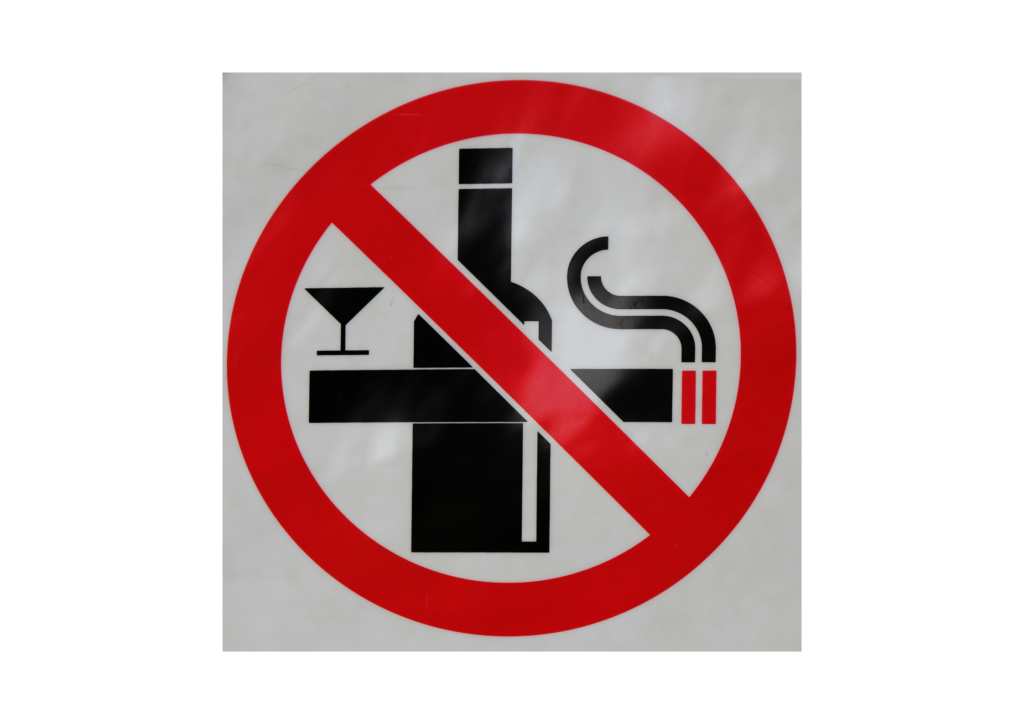How diet and nutrition can play a crucial role in the management of spondylosis?
Spondylosis is a degenerative condition that can result in the loss of normal spine function and structure. Although age is the main factor, individual differences exist in the location and rate of deterioration. Spondylosis is a degenerative condition of the spine that can affect the cervical (neck), thoracic (mid-back), or lumbar (low back) regions.
Role of Nutrition in Managing Spondylosis
The musculoskeletal system is another name for the locomotor system. The locomotor system is made up of skeletons, tendons, cartilage, skeletal muscles, ligaments, joints and other connective tissue.
The health of the locomotor system is significantly influenced by calcium, phosphorus, vitamin D, and a variety of hormonal, nutritional, and emotional factors. Several things can go wrong in this system because of the delicate balance between these elements.
For example, a calcium deficit can weaken the bone matrix as a whole, and an imbalance in the calcium: phosphorus ratio might induce demineralization of the bone. To keep our bones and joints in good shape, a proper diet should be followed.
Spondylosis diet that improves bone health
The following should be consumed for managing spondylosis. A balanced diet should contain fruits, vegetables, protein, vitamin D and omega-3 fatty acids. This helps in improving bone health and reducing inflammation.
Fruits and vegetables

Fruits and vegetables are among the best providers of vitamin C, which promotes the growth of cells that make bones.
Moreover, fruits and vegetables appear to improve bone density, also referred to as bone mineral density.
The amount of calcium and other minerals in your bones is measured by their “bone density.”
Protein
Protein shapes cells and drives chemical processes. They are known as the building blocks of the body. They also develop and repair skin, muscles, and bones.
We must eat wholesome sources of protein to meet the body’s requirements, including dairy products, fish, poultry, legumes, whole grains, nuts, and some vegetables like corn, broccoli, and asparagus.
Vitamin D

Most of the body functions, particularly the bones, depend on vitamin D. Calcium is absorbed by our bodies through the gut, where it is then transported to the bloodstream, and vitamin D aids in controlling the levels of phosphorus and calcium in the blood which help in building bones.
Some foods contain vitamin D which needs to be consumed for healthy bones.
Around 1,000 international units [IU] of vitamin D are present in a 6-ounce serving of salmon. You can consume milk or orange juice fortified with vitamin D, and some mushrooms also contain vitamin D.
Omega-3 fatty acids

Omega-3 fatty acids are a crucial component of all cell membranes in the body and have an impact on how cell receptors work in those membranes. They serve as the starting point for the production of hormones that control inflammation, arterial wall contraction and relaxation, and blood clotting.
These necessary fats must be obtained from meals and cannot be produced by the body. Foods high in Omega-3 include fish, vegetable oils, nuts (particularly walnuts), flax seeds, flaxseed oil, and green vegetables.
Antioxidants

Antioxidants neutralize the unstable molecules called free radicals and protect the body from the harmful effects of free radicals. These free radicals cause diseases like cancer, vision loss and heart disease. Antioxidants control inflammation.
Antioxidants are abundantly found in fruits, vegetables and whole grains.
Avoid processed foods in spondylosis

Processed foods, saturated fats, and excessive salt and sugar intake can increase inflammation and worsen spondylosis symptoms.
Chemically processed foods frequently just have artificial and refined ingredients, with minimal nutritious value. Chemical sweeteners, colours, and flavourings are frequently added to them.
Yet, they frequently include substances that can be unhealthy if ingested in excess, such as salt, added sugar, and saturated fats. These foods are also lower in vitamins and dietary fibre than whole foods.
Examples of processed foods include processed cheese products, pizza, cakes, pastries, frozen meals, instant noodles and soups etc.
What should be avoided in spondylosis?

Studies show that people who consume alcohol and who have the habit of smoking tend to have more damage to the spine when suffering from spondylosis.
Alcohol can interact with spondylosis medicine and cause adverse effects.
Take a forward step to avoid smoking and consuming alcohol.
Lifestyle Changes to Consider
You can get rid of spondylosis with little modifications in your lifestyle.
- Always have a proper weight check and focus on exercises to maintain a healthy weight.
- Manage stress levels with yoga and walking.
- Restful sleep helps to keep the spine in a comfortable position.
Conclusion
Spondylosis can be therefore managed by a healthy and well-balanced diet. Maintaining a healthy weight and incorporating little lifestyle modifications will help improve the condition.
Contact Dr Umakant Pandurang Dolas, a renowned neuro therapist and spondylosis consultant in Pune for 100% natural treatment. Visit Spandan Spondylosis Care Centre for more information.
Faq
Milk is a rich source of calcium. Consuming the dairy products such as milk, curd and paneer can make the bones healthier. This helps in managing the spondylosis symptoms.
You should lie on a flat surface with a straight spine. Also, avoid thick pillows during spondylosis.
